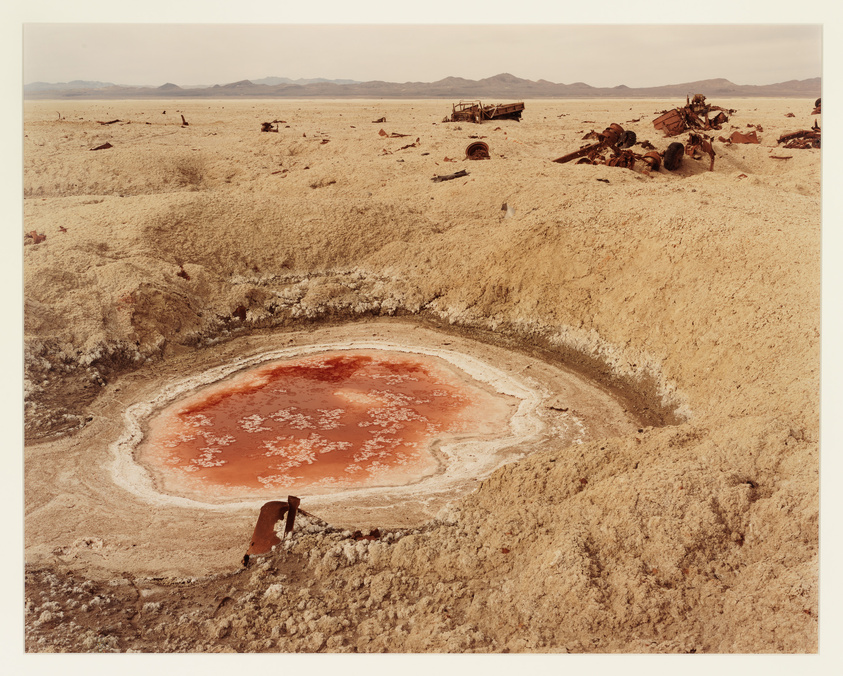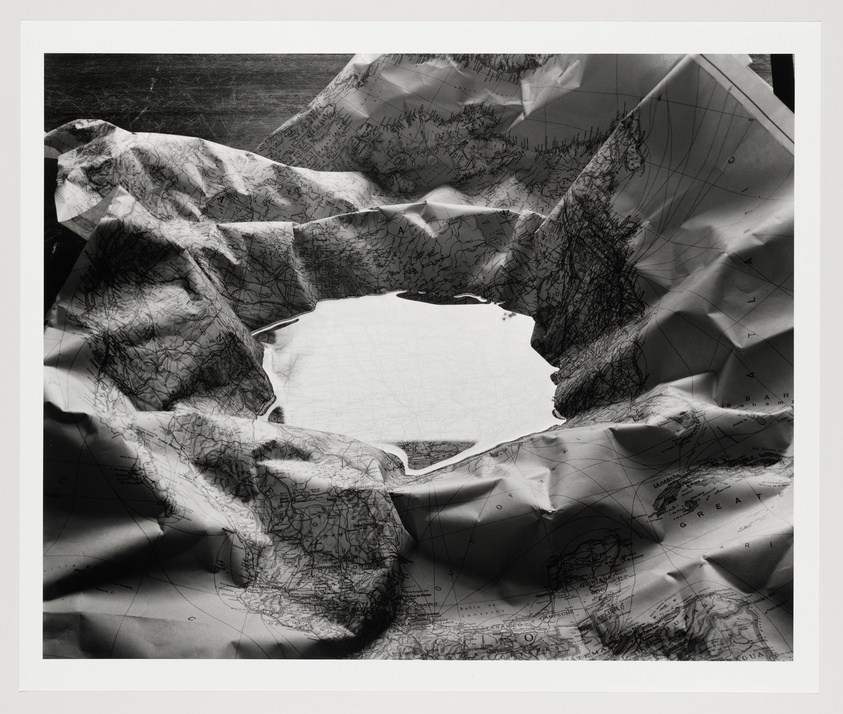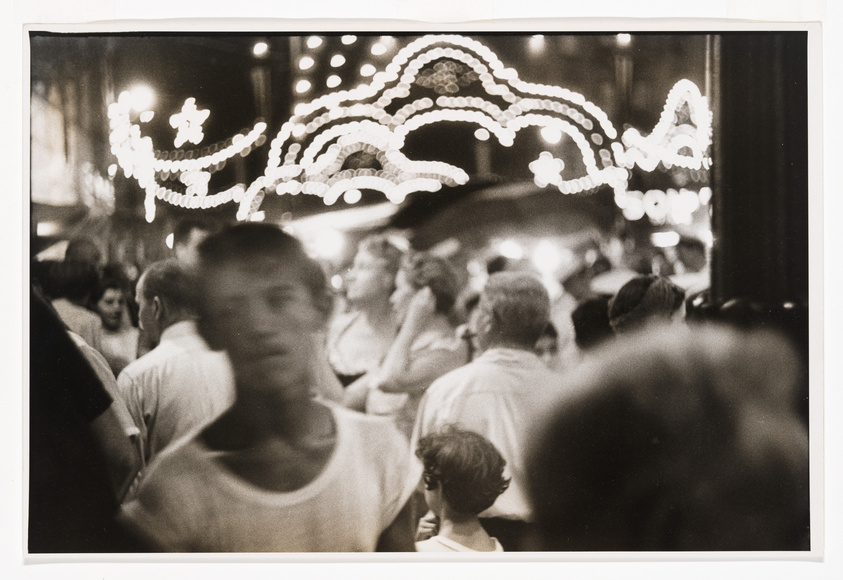Not on view
Date
1986, printed 1993
Classification
Photographs
Medium
Chromogenic print
Dimensions
Sheet: 40 1/8 × 50 1/8in. (101.9 × 127.3 cm) Image: 38 7/8 × 49 1/8in. (98.7 × 124.8 cm) Frame: 48 1/4 × 58 1/4 × 1 3/4in. (122.6 × 148 × 4.4 cm)
Accession number
93.72
Edition
1/3
Credit line
Whitney Museum of American Art, New York; purchase, with funds from The Sondra and Charles Gilman Jr. Foundation, Inc.
Rights and reproductions
© Richard Misrach 1986
API
artworks/8193
Most of Richard Misrach’s work, including the series Bravo 20: The Bombing of the American West, falls under the broad theme of what he calls Desert Cantos–a “canto” being a section of a long poem. For the Bravo 20 series, Misrach spent nearly two years in an isolated northwest corner of Nevada’s Great Basin desert, prompted by a recent discovery that the United States Navy had been illegally treating these public lands as a bombing range since 1952. Using his van as a makeshift darkroom, Misrach documented this besieged area, which the military euphemistically calls “Bravo 20.” In Bomb Crater and Destroyed Convoy, Bravo 20 Bombing Range, Nevada, the Humboldt Mountains rise up behind an apocalyptic landscape. A giant crater dominates the picture, surrounded by the scattered, rusted remains of a blown-up military vehicle. Filled with blood-colored water, the crater suggests an open wound. Here, water, the essential life-sustaining source, has been literally and symbolically contaminated. Nonetheless, the troubling composition is imbued with formal elegance. As Misrach has remarked: “I believe that beauty is a very powerful conveyor of difficult ideas. It engages people when they might otherwise look away.”


